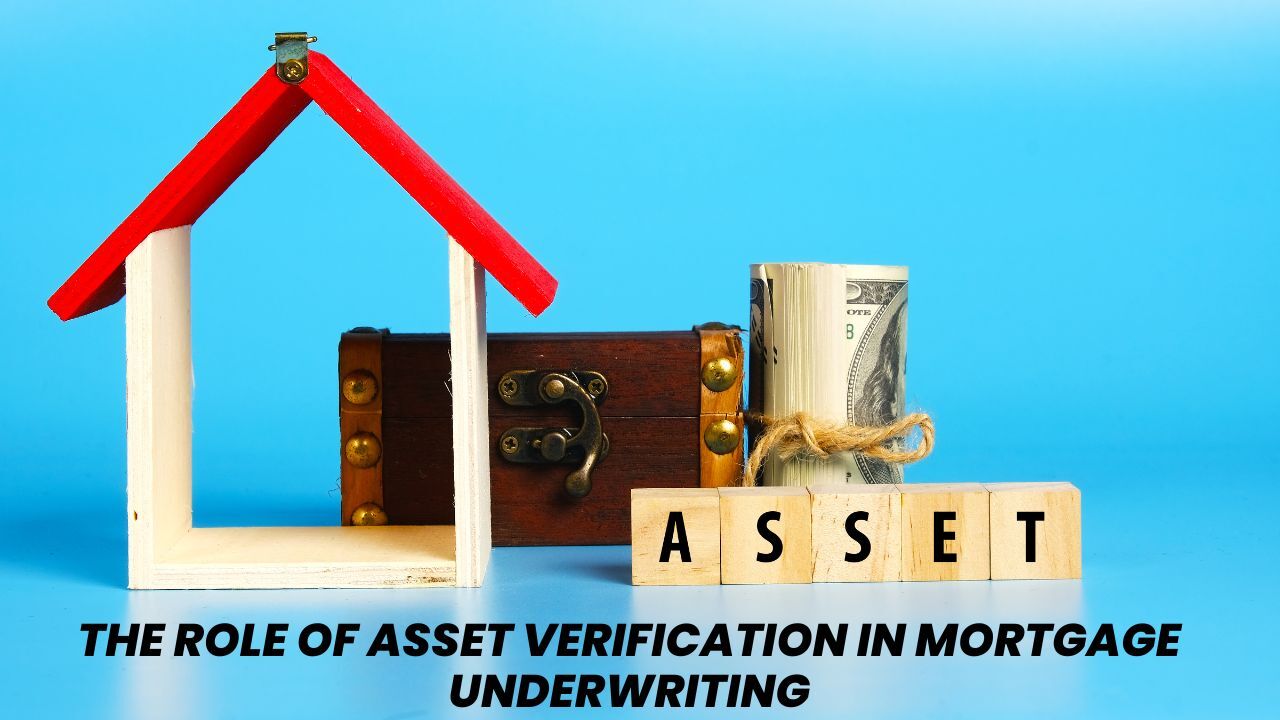The Role of Mortgage Originators in Negotiating Loan Terms with Lenders
 Many buyers only see the visible steps in the mortgage process, such as gathering documents or reviewing approval conditions. Behind the scenes, a mortgage originator plays a significant role in advocating for the borrower and helping secure loan terms that match the buyerís financial goals. This guidance can make the entire experience smoother and more successful.
Many buyers only see the visible steps in the mortgage process, such as gathering documents or reviewing approval conditions. Behind the scenes, a mortgage originator plays a significant role in advocating for the borrower and helping secure loan terms that match the buyerís financial goals. This guidance can make the entire experience smoother and more successful.
How an Originator Reviews Your Financial Picture
A mortgage originator begins by understanding your full financial profile. This includes income, credit history, assets and long term goals. By reviewing these details, the originator can identify which loan programs may benefit you most and how to structure the application for the best possible outcome.
How Negotiation Works with Lenders
Originators communicate directly with lenders to present your application clearly and accurately. They negotiate interest rate options, review fee structures and discuss loan terms that may improve overall affordability. Their knowledge of lender guidelines helps ensure you receive terms that align with your financial needs.
The Value of Lender Relationships
Experienced originators build long standing relationships with lenders. These partnerships allow them to understand how different lenders evaluate applications and what flexibility may exist. Strong relationships can help your file receive more thoughtful review, especially if there are unique circumstances that require explanation.
How Originators Help You Compare Options
Part of negotiation is making sure borrowers understand the choices available. Originators explain the differences between loan types, terms and cost structures so you can make a confident and informed decision. They help you evaluate both short term and long term impacts of each option.
A dedicated mortgage originator serves as your advocate throughout the process, working with lenders to help secure terms that fit your goals and financial comfort level. With the right guidance, you can move forward with clarity, confidence and a loan structure that supports your future.

 Today is a day to pause and reflect on the people who make this work meaningful. We are truly thankful to every person who has allowed me to be part of their home journey. Whether we have worked together in the past, are connected right now, or will meet in the future, we appreciate the trust you place in us.
Today is a day to pause and reflect on the people who make this work meaningful. We are truly thankful to every person who has allowed me to be part of their home journey. Whether we have worked together in the past, are connected right now, or will meet in the future, we appreciate the trust you place in us. When buyers apply for a mortgage, income and credit history get most of the attention. However, there is another essential part of the underwriting process that plays a major part in determining approval. Asset verification helps lenders understand the financial strength behind an application and gives them greater confidence in the borrower’s ability to manage the loan responsibly.
When buyers apply for a mortgage, income and credit history get most of the attention. However, there is another essential part of the underwriting process that plays a major part in determining approval. Asset verification helps lenders understand the financial strength behind an application and gives them greater confidence in the borrower’s ability to manage the loan responsibly.